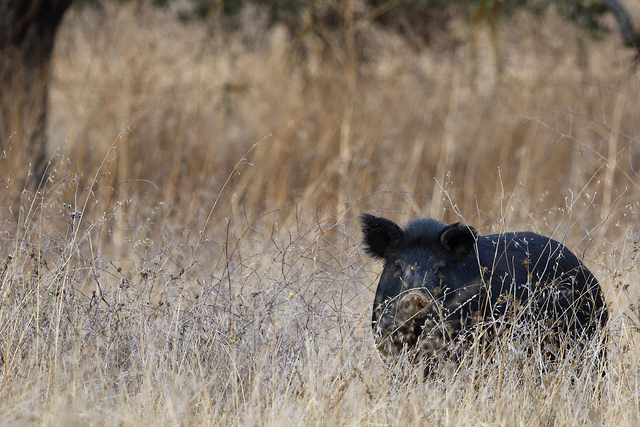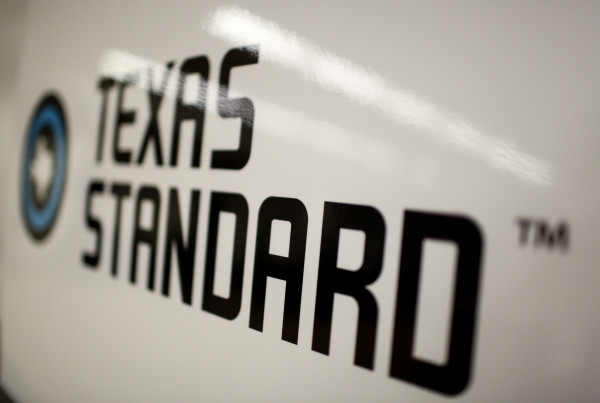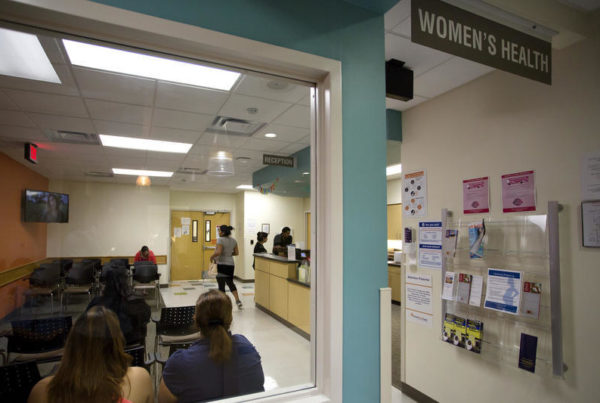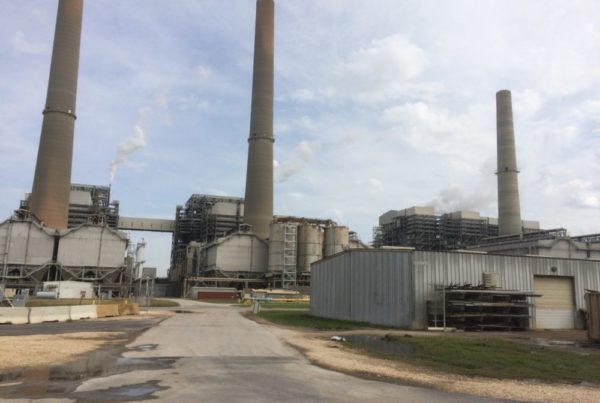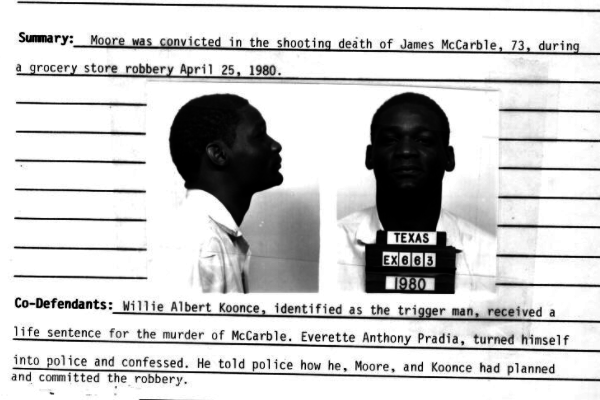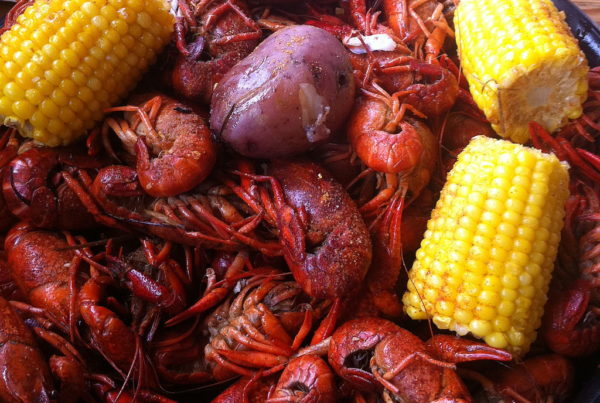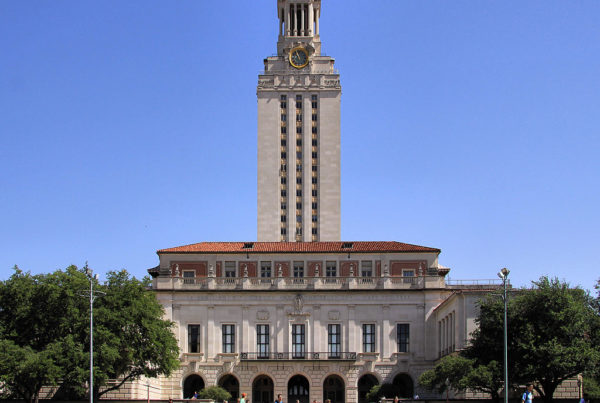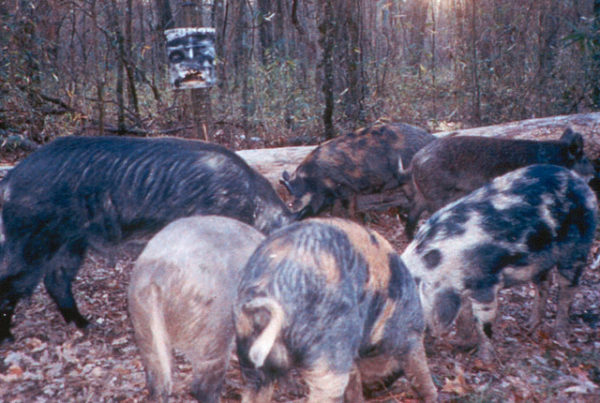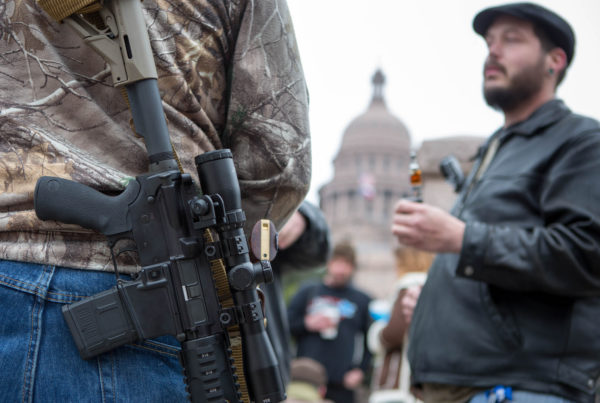From Public Radio for Northeast Texas:
Who didn’t love ‘Babe?’ The 90s’ favorite talking piglet was cute, spunky, and like many of us in rural northeastern Texas, lived in quiet farm country. But cute, spunky livestock, of course, is not the problem.
It’s Babe’s less-refined, wild cousins that are giving Texas a collective case of apoplexy these days. Feral hogs, wild pigs, undomesticated swine —- call them what you want, but feral hogs have become a multimillion-strong population in Texas, and a multimillion-dollar liability to farmers and property owners.
But while the state wrangles over what to do about the up-spiraling wild pig population, I wondered: How did we get to the point where free-ranging feral pigs are a problem? And just how much of a problem is it?
“Does Texas have a hog problem? Yes, it does,” says Luke Clayton. “But it’s not across the board, there are hotspots.”
Luke Clayton, a longtime hog hunter and host of ‘Outdoors with Luke Clayton’ on KETR, says that in some Texas counties, hunters wished there were more hogs.
“I know that’s kind of a sacrilegious thing to say, but all of Texas and even all the habitat is not overrun by wild hogs right now.”
One of the problems with defining the size of the problem is —- there’s no consensus on the size of the population.
“There’ve been a number of different ways of estimating it over the years,” says Dr. John Tomecek of the Texas AgriLife Extension Wildlife and Fisheries in San Angelo. “I’ve seen it range anywhere from 2.5 million to 11 million.”
That’s a pretty wide range. I asked Justin Foster, research coordinator for Region 2 at the Texas Parks and Wildlife Department, near Austin, why that range is so “rangy.”


